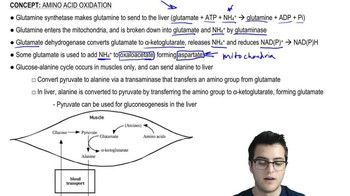Textbook Question
Which component is not directly involved in translation?a. GTPb. DNAc. tRNAd. ribosomes
2820
views
 Verified step by step guidance
Verified step by step guidance



 6:12m
6:12mMaster Introduction to Translation with a bite sized video explanation from Bruce Bryan
Start learning